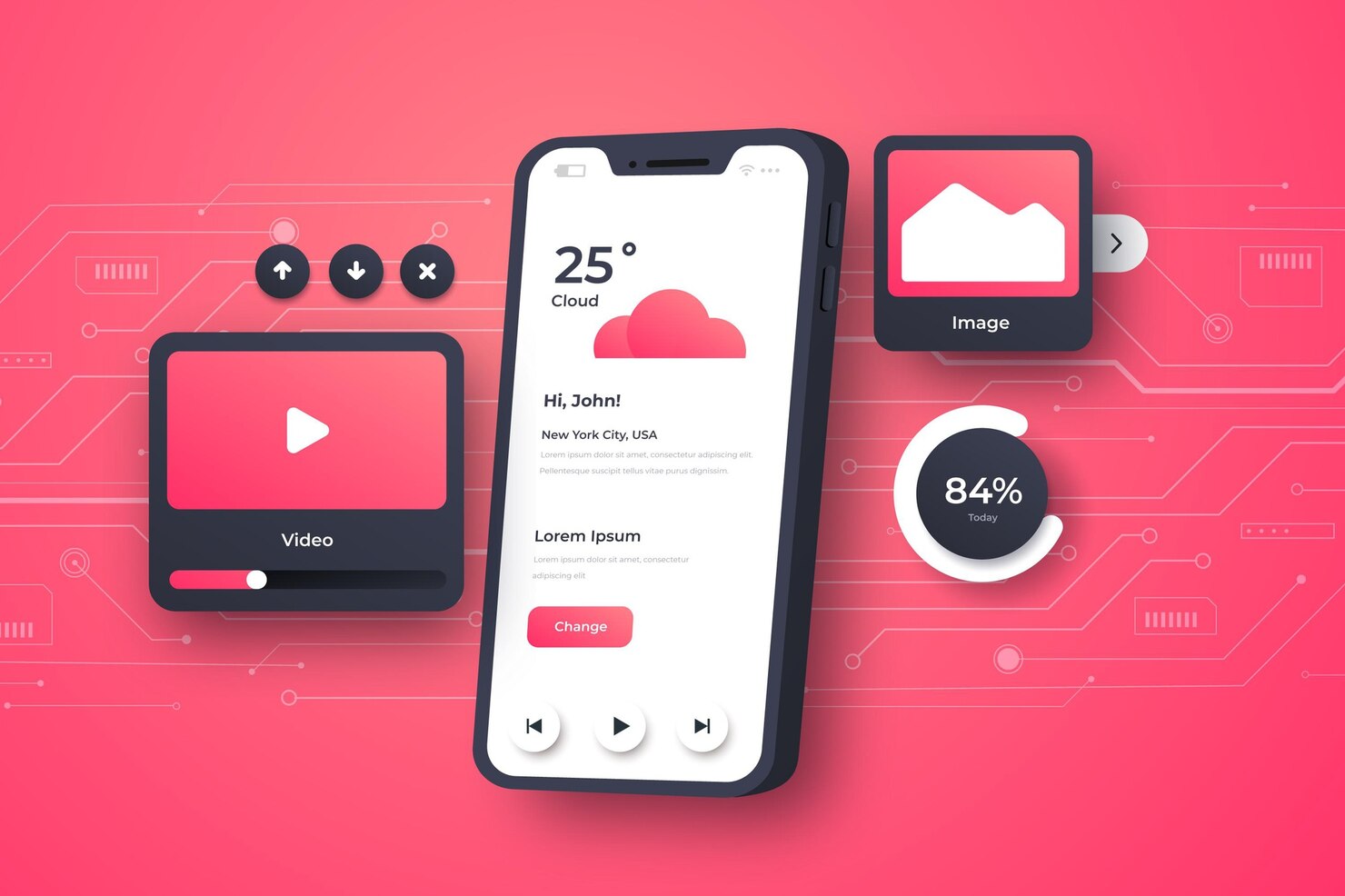Having explored various aspects of design and development, including coding and databases, it's time to dive into the core of your final product: Web Application Architecture. This architecture is the foundation for your web application, determining how it will perform, scale, and interact with users.
What is Web Application Architecture?
Web Application Architecture is the blueprint for the interactions and relationships between different components of a web application, such as servers, databases, user interfaces, and middleware. In simpler terms, it's the structural layout that defines how web application components like the web server, database server, and load balancer interact with each other.
Imagine this: When a user enters a URL and hits "Go," the browser fetches the requested data from a server, which is then processed and displayed on the screen within seconds. This seamless interaction isn't just the result of efficient code or optimized images; it's the outcome of a well-designed web application architecture coordinating all these elements in harmony.

The Role of Web Application Architecture in Performance
You might wonder how everything happens so quickly when you interact with a web application. Is it just the browser's efficiency in parsing code? Is it the use of lightweight images? Or perhaps it's the power of the server processing your requests?
The truth is, it's a combination of all these factors working together, guided by the architecture of the web application. This architecture encompasses all components, sub-components, and external integrations that collectively make up the web application.
As technology evolves, so does the architecture of web applications. Modern architectures are increasingly sophisticated, integrating advanced front-end and back-end capabilities to meet the demands of today's digital landscape. This includes innovations like microservices, serverless architectures, and single-page applications (SPAs), which are designed to enhance performance, scalability, and user experience.
Key Components of Web Application Architecture
Web application architecture consists of various components that are essential for its operation. These components can be divided into two main categories: User Interface (UI) Components and Structural Components.
1. User Interface (UI) Components
UI components are the parts of the application that users interact with directly. These include dashboards, notifications, configuration settings, and other visual elements. While they play a critical role in user experience, they are not directly involved in the structural development of the application.
2. Structural Components
Structural components are the backbone of the web application. They are responsible for managing the application's core functionality, data processing, and communication between different systems. The main structural components are:
-
A. The Web Browser (Client):
The web browser, or client, is where the user interacts with the application. It renders the UI and handles user input, sending requests to the server and displaying the received data. Technologies like HTML, CSS, and JavaScript are used to build the client side of the application, ensuring it works across different operating systems and devices.
-
B. The Web Application Server:
The web application server handles the business logic and data processing. It is the central hub that processes user requests, interacts with the database, and returns the appropriate responses to the client. Web application servers can be built using various programming languages, such as PHP, Python, Java, Ruby, .NET, and Node.js, among others. They support multi-layered applications and manage tasks like session management, authentication, and data validation.
-
C. The Database Server:
The database server is responsible for storing, retrieving, and managing the data used by the application. It works closely with the web application server to provide the necessary information for processing user requests. The database server can also handle business logic, depending on the application's design. Common database technologies include MySQL, PostgreSQL, MongoDB, and Oracle.
Modern Approaches to Web Application Architecture
As web applications become more complex, different architectural approaches have emerged to address specific needs. The choice of architecture depends on the application's scope, performance requirements, and use cases, such as e-commerce platforms, chat applications, or social networks. Here are some modern architectural approaches:
-
Microservices Architecture:
In this architecture, the application is broken down into small, independent services, each responsible for a specific function. This allows for greater flexibility, scalability, and easier maintenance, as each service can be developed, deployed, and scaled independently.
-
Serverless Architecture:
Serverless architecture abstracts the underlying infrastructure, allowing developers to focus on writing code without worrying about server management. Services like AWS Lambda or Azure Functions handle the execution of code in response to events, enabling scalable and cost-efficient applications.
-
Single-Page Applications (SPAs):
SPAs are web applications that load a single HTML page and dynamically update content as the user interacts with the app. This provides a smoother, more responsive user experience, as the entire page doesn't need to be reloaded with each interaction. Frameworks like React, Angular, and Vue.js are commonly used to build SPAs.

Conclusion
Web Application Architecture is the critical foundation of any web application, dictating its performance, scalability, and user experience. By understanding the key components and modern approaches to web application architecture, developers can create robust, efficient, and scalable web applications that meet the demands of today's users.
In future discussions, we'll delve deeper into the various types of web application architectures, exploring their use cases and best practices for implementation. Whether you're building a simple website or a complex enterprise solution, a solid understanding of web application architecture is essential for delivering a successful product.



























